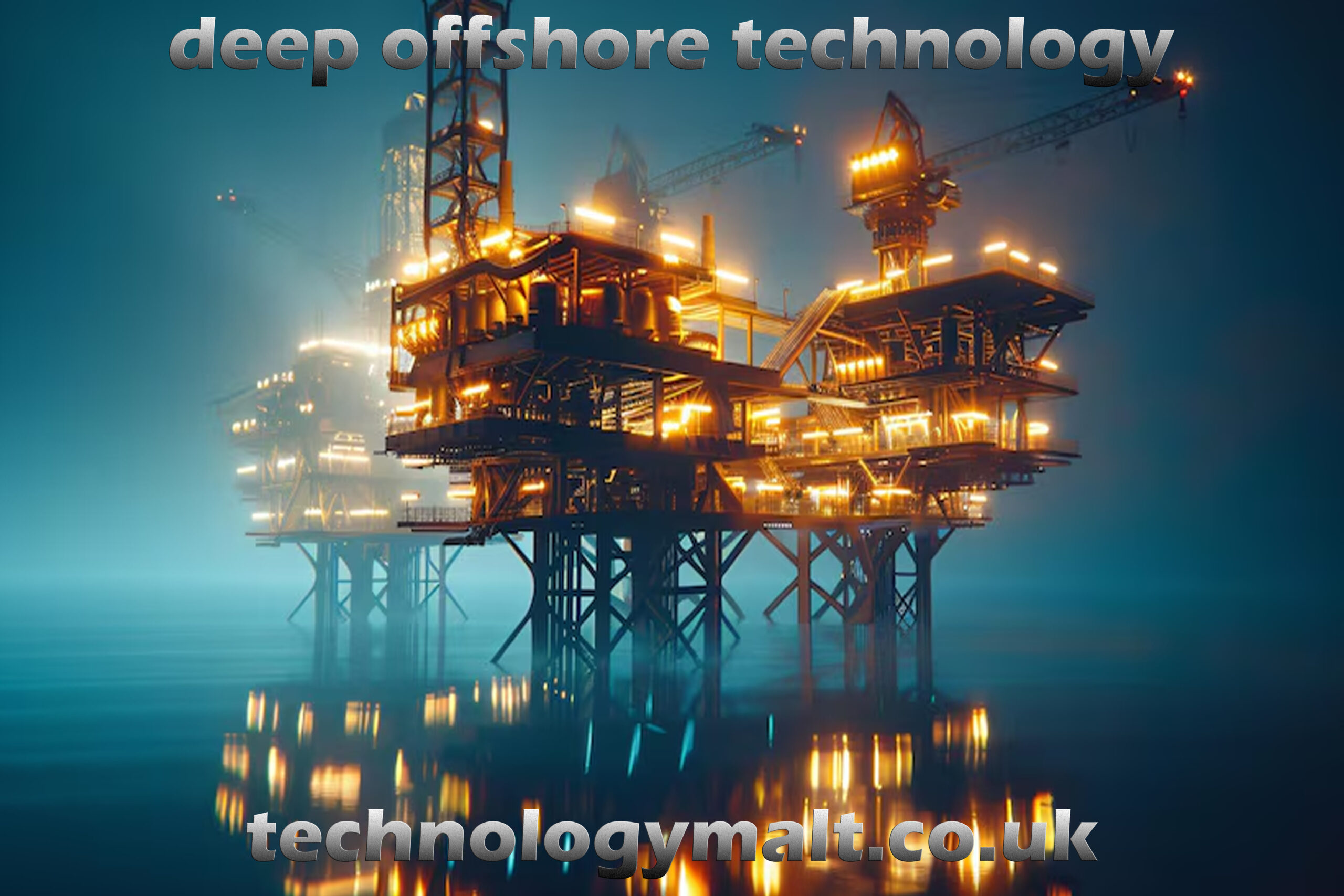Introduction
deep offshore technology has revolutionized the oil and gas industry by enabling exploration in previously unreachable areas. As global energy demands continue to rise, companies have increasingly relied on deepwater drilling and production. This article delves into the innovations in deep offshore technology, highlights its challenges, and examines its profound impact on both the industry and the environment.
The Genesis of Deep Offshore Technology
The origins of deep offshore technology can be traced back to the urgent need for new oil and gas reserves. Initially, shallow-water drilling sufficed, but as onshore and nearshore reserves gradually dwindled, companies were compelled to venture further offshore. This transition demanded innovative technologies and groundbreaking solutions capable of withstanding the harsh and unpredictable conditions characteristic of deepwater environments.
Key Innovations in Deep Offshore Technology
The development of advanced drilling techniques and subsea systems has been pivotal in deep offshore exploration. Consequently, technologies such as subsea production systems, remotely operated vehicles (ROVs), and floating production storage and offloading (FPSO) units have become cornerstones of modern offshore operations. These innovations have made it possible to extract resources from depths exceeding 10,000 feet, where traditional methods would have inevitably failed.
Subsea Production Systems
Subsea production systems play a critical role in deep offshore operations. These systems allow companies to produce oil and gas directly on the seabed, thereby eliminating the need for surface platforms, which are both expensive and challenging to maintain. Furthermore, subsea production systems comprise subsea wells, pipelines, and control modules, all meticulously designed to operate efficiently in extreme conditions.
Remotely Operated Vehicles (ROVs)
ROVs have become indispensable in deep offshore technology. These unmanned vehicles perform a wide range of tasks underwater, including inspection, maintenance, and repair of subsea equipment. Their ability to operate at great depths and in challenging conditions makes them essential tools in modern offshore operations. Moreover, their versatility and reliability ensure that deepwater operations remain safe and efficient.
Floating Production Storage and Offloading (FPSO) Units
FPSOs have fundamentally transformed how oil is produced and stored offshore. These units are essentially floating vessels that can process, store, and offload oil directly from subsea wells. Additionally, their mobility allows them to move to different locations as needed, providing invaluable flexibility in production operations. FPSOs have thus become a cornerstone of deep offshore technology, especially in regions with harsh environmental conditions.
Challenges in Deep Offshore Technology
While deep offshore technology has advanced significantly, it continues to face several challenges. The extreme depths and pressures encountered in deepwater drilling pose significant risks. Equipment failures at these depths can lead to catastrophic consequences, including devastating oil spills. Additionally, the high costs associated with deepwater exploration and production require substantial investment and long-term commitment. Therefore, companies must carefully weigh the potential risks and rewards of deepwater operations.
Environmental Concerns and Mitigation Efforts
Deep offshore drilling has raised significant concerns about its environmental impact. The risk of oil spills remains a major issue, as demonstrated by the infamous Deepwater Horizon disaster. To address these concerns, companies have implemented stringent safety measures and developed technologies designed to minimize the risk of spills. Moreover, there is a growing emphasis on reducing the carbon footprint of offshore operations by integrating renewable energy sources and improving energy efficiency. These efforts are crucial in ensuring that deep offshore technology evolves in an environmentally responsible manner.
The Future of Deep Offshore Technology
The future of deep offshore technology lies in continued innovation and sustainability. Companies are actively investing in new technologies that enhance safety, reduce environmental impact, and improve efficiency. The development of autonomous systems, advanced materials, and digitalization will play a crucial role in the future of deep offshore operations. Additionally, the integration of renewable energy sources, such as offshore wind and wave energy, has the potential to revolutionize the industry. As a result, the deep offshore sector will likely become more sustainable and less reliant on fossil fuels in the coming decades.
Conclusion
In conclusion, deep offshore technology has reshaped the oil and gas industry by enabling access to previously unreachable reserves. Through innovations like subsea production systems, ROVs, and FPSOs, the industry has overcome the challenges of deepwater exploration. However, the environmental risks and high costs associated with deep offshore operations remain significant. Moving forward, the focus will be on developing technologies that enhance safety, reduce environmental impact, and ensure the long-term viability of deep offshore exploration. The journey into the depths of our oceans continues, driven by the pursuit of energy and technological advancement.











